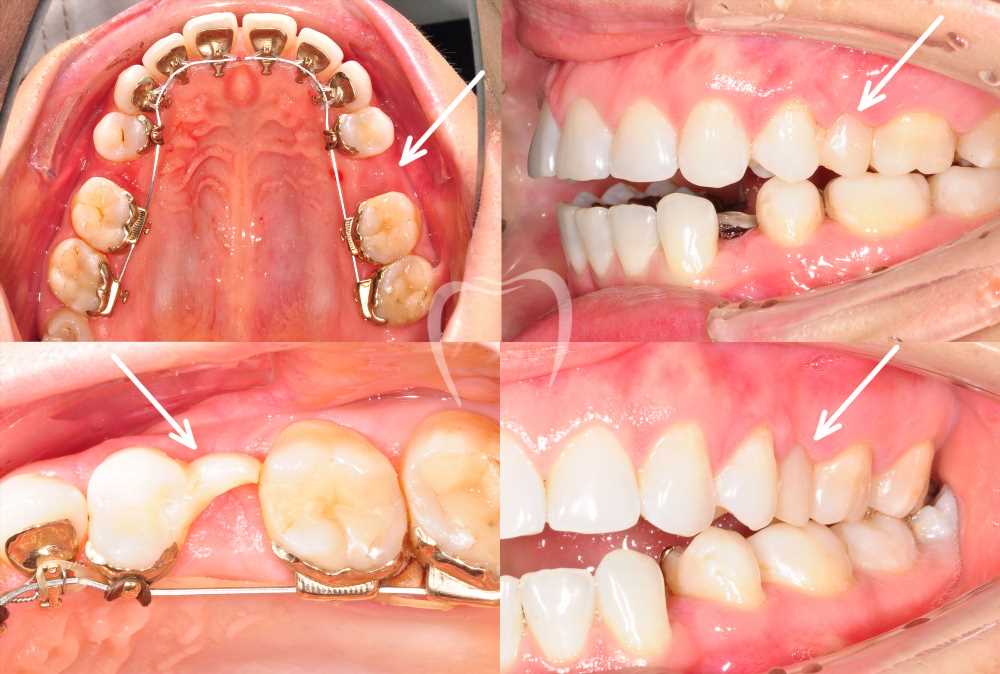Unlocking the Secrets of Flue Curing: A Comprehensive Guide

Flue curing is a time-honored method of curing tobacco, allowing for the development of rich flavors and aromas. Dating back to the 1600s, this process has remained a staple in the tobacco industry, revered for its ability to produce high-quality tobacco leaves. In this comprehensive guide, we delve into the intricacies of flue curing, exploring its history, process, benefits, and impact on the tobacco industry.
Understanding Flue Curing
Flue curing is a method of curing tobacco that involves the controlled application of heat to the tobacco leaves. Unlike other curing methods such as air curing or fire curing, flue curing utilizes a specialized curing barn equipped with flues or pipes that channel heated air through the tobacco leaves. This process is known for its ability to produce bright, flavorful tobacco with a mild taste.
The History of Flue Curing
Flue curing has its origins in the American colonies, where it was developed as a response to the need for faster and more efficient tobacco curing methods. Prior to the invention of flue curing, tobacco was primarily air-cured or fire-cured, which often resulted in inconsistent quality and flavor. Flue curing revolutionized the tobacco industry, allowing for greater control over the curing process and the production of high-quality tobacco.
The Flue Curing Process
Preparing the Tobacco Leaves: The flue curing process begins with the harvesting of mature tobacco leaves. These leaves are then gathered and prepared for curing by removing any unwanted debris or stems.
Stringing the Tobacco Leaves: Once the leaves are prepared, they are strung onto wooden sticks or poles known as laths. This allows the leaves to be hung vertically within the curing barn, ensuring even exposure to the curing process.
Curing in the Curing Barn: The strung tobacco leaves are then hung in the curing barn, where they are exposed to controlled heat and humidity. The heat is typically generated by a furnace or boiler, which heats air that is then circulated through the flues in the barn.
Monitoring and Adjusting: Throughout the curing process, it is essential to monitor and adjust the temperature and humidity levels within the curing barn to ensure optimal curing conditions. This requires careful attention to detail and regular checks to prevent overheating or over-drying of the tobacco leaves.
Finalizing the Curing Process: Once the tobacco leaves have been cured to perfection, they are removed from the curing barn and allowed to cool. They are then graded and sorted based on quality before being prepared for further processing or storage.
Benefits of Flue Curing
Consistent Quality: Flue curing allows for greater control over the curing process, resulting in tobacco with consistent flavor, aroma, and texture.
Mild Flavor Profile: The gentle heat of the flue curing process preserves the natural sugars in the tobacco leaves, resulting in a mild and sweet flavor profile.
Reduced Risk of Mold and Disease: Unlike air curing, which relies on natural airflow, flue curing creates a controlled environment that reduces the risk of mold, disease, and other contaminants.
Efficiency: Flue curing is a relatively fast and efficient curing method compared to air curing or fire curing, allowing for quicker turnaround times and increased productivity.
The Impact on the Tobacco Industry
Flue curing has had a profound impact on the tobacco industry, shaping the production and quality standards of tobacco products worldwide. Its ability to produce high-quality tobacco with a mild flavor profile has made it a preferred method of curing for many tobacco manufacturers.
Conclusion
Flue curing is a time-tested method of curing tobacco that continues to play a significant role in the tobacco industry today. By understanding the history, process, benefits, and impact of flue curing, we gain insight into the artistry and craftsmanship that goes into producing premium tobacco products.









